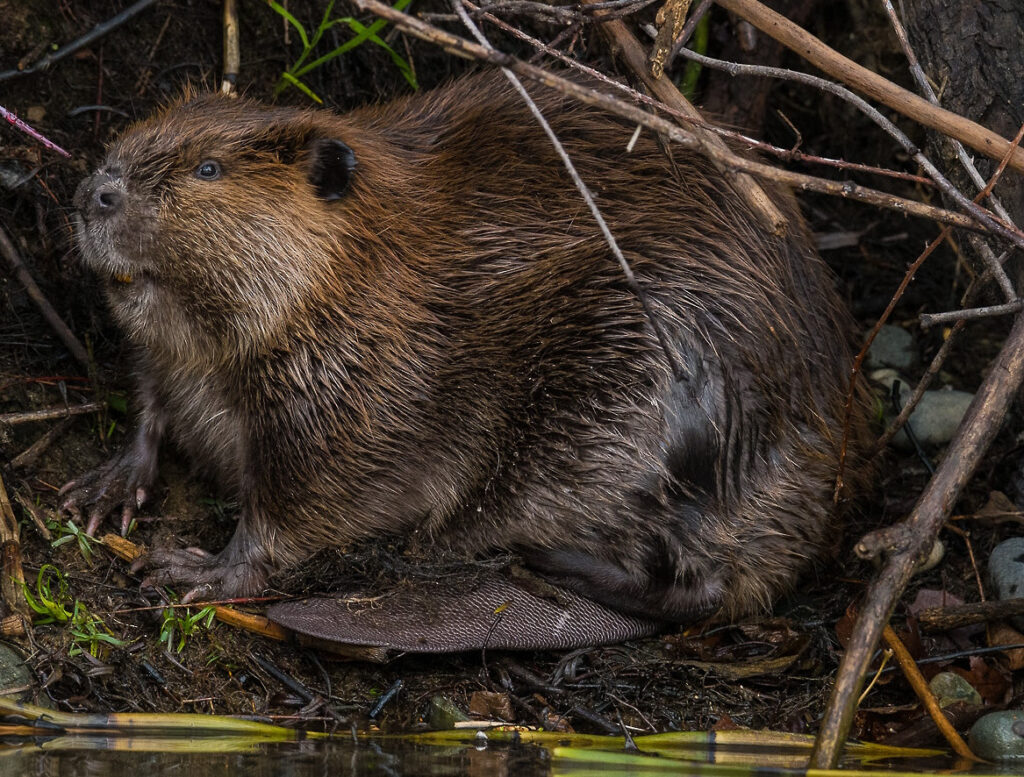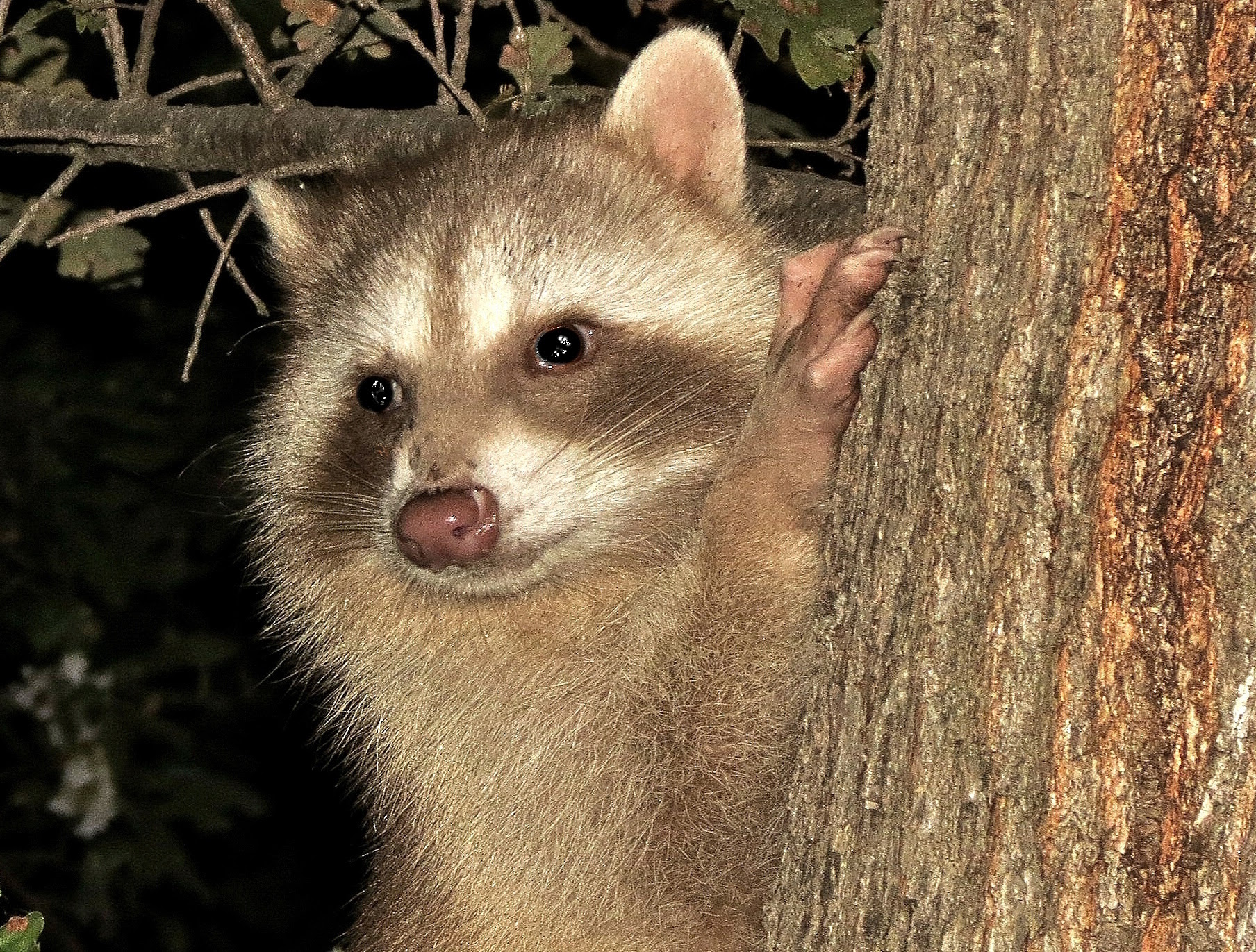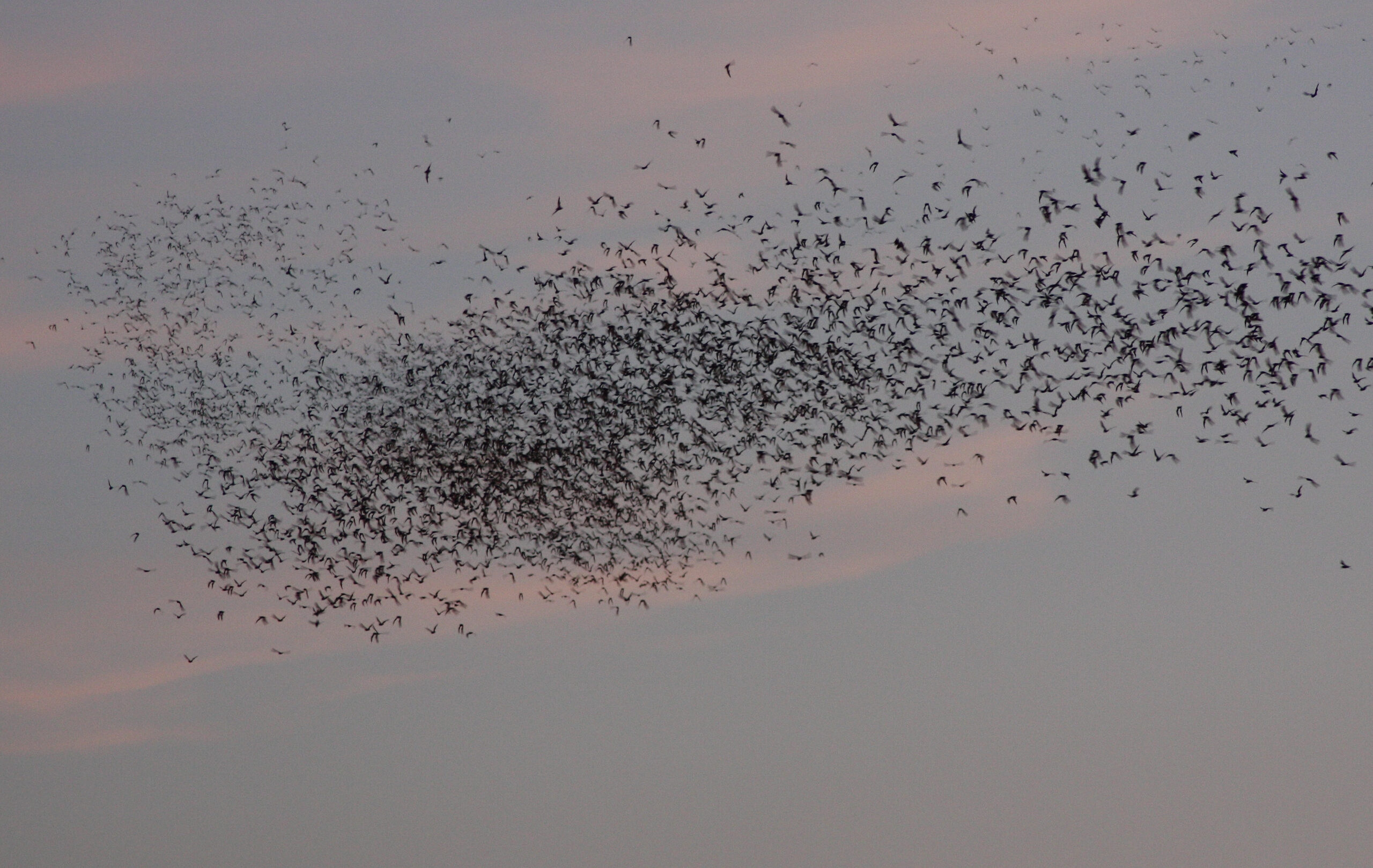A beaver sighting in the Yolo Bypass Wildlife Area is rare. Consider yourself lucky to get a tail slap. Beavers are generally nocturnal and since the Wildlife Area closes at sunset, they have it all to themselves. Signs of their presence include tracks, scat, dams, lodges, and gnawed trees. How many beavers are in the Bypass is anyone’s guess. They also occur in the Davis Wetlands adjacent to the Bypass and in Willow Slough, which enters the west side of the Bypass just north of I-80. All of these places offer a chance to see a beaver or at least their work. The levee on the south side of Willow Slough is always available for an evening walk. I got a glimpse of a beaver at work from that vantage. On one occasion a beaver gave me a sudden slap of the water with its tail, perhaps as a warning to stay away.

Photo by Lewis Kemper
The American beaver and the Eurasian beaver are the only two living beavers. They are very similar in appearance and were both subjected to intense trapping for their fur, meat, and castoreum (a secretion used by beavers to mark territories and used by people for its vanilla-like scent). The American beaver was found coast to coast in North America from just south of the Arctic tundra to the northern deserts of Mexico before it was trapped to a fraction of its original population. The Eurasian beaver lived in northern areas across Europe and Asia. It was hunted to near-extinction. Today, both beavers have been reintroduced in many places and their populations have recovered to some extent. The mountain beaver of the western U.S. and southern British Colombia is not a true beaver. At just a little over two pounds, it is much smaller than beavers, which weigh 40 pounds or more. Mountain beavers share an ancestor with squirrels; true beavers share a common ancestor with kangaroo rats (Doronina, L. 2017. Nature Sci. Rep. 7:43562). The giant beaver, which used to live alongside the America beaver, its close relative, was the size of a bear at over 200 pounds. It went extinct about 12,000 years ago, when the earth transitioned from a cold, glaciated period to the warm current era. Other megafauna like mammoths, mastodons, dire wolves, American lions, huge ground sloths, and more also went extinct. A warmer climate, over-exploitation by humans, or both led to their demise.
Like other rodents, beavers have teeth that grow continuously, which requires them to gnaw regularly on trees to keep their teeth from getting too long. Their teeth are orange because iron hardens the thick layers of enamel. A willow tree five inches in diameter can be felled in less than six minutes. Beavers eat the bark of shrubs and trees like alder, cottonwood, and willow to get at the nutrient-rich cambium layer between the wood and the bark. They also eat fresh leaves, twigs, and young shoots. Aquatic foodstuffs include cattails, sedges, and rushes. Beavers don’t hibernate. In winter, they eat stockpiled twigs and stems. Beavers don’t produce enzymes necessary to break down cellulose in the plants they eat. But the beaver is a hindgut fermenter. It has an enlarged intestinal cecum that houses a complex of bacteria that can break down cellulose, allowing the beaver to digest as much as 30 percent of the cellulose in its diet. Beavers eat their own droppings to give the bacteria a second chance to further process plant material.
The American beaver is a keystone species because it creates new habitats for a myriad of other organisms. The reverse is also true; remove beavers, and aquatic ecosystems collapse. Consider all the benefits a beaver dam provides: the velocity of streams is slowed, which reduces downstream flooding and erosion; dams store water and help recharge aquifers; water is purified when it passes through sediments that are trapped behind the dam; nitrates from farms and other sources are removed from the water; the biodiversity of a waterway is elevated tremendously; and sediments behind the dam store carbon. In a Canadian study that spanned 54 years, wetlands had nine times more open water in years when beavers were present compared to periods of time when beavers were absent, regardless of the amount of rainfall. The study concluded that beavers create and maintain wetlands even during extreme drought (Hood, G., and Bayley, S. 2008. Biol. Conserv. 141:556-567). It is this kind of observation that encourages the use of beavers in wetland restoration projects. And the industrious beaver does it for free! Of course, beavers sometimes build dams in places that inconvenience people. Flow devices are available that can prevent flooding. Essentially, these are pipes through a beaver dam that cause a permanent leak, so the pond doesn’t grow in size. It’s effective because the leak is silent, which makes all the difference. When beavers hear the sound of running water, they instinctively build and repair dams.

Diagram from ©Encyclopedia Britannica, Inc.
Beavers build and maintain houses called lodges. There are two main types. One is the quickly recognized conical lodge in or near water. It is usually made from sticks, mud, and rocks. In our local wetlands lodges are sometimes made from cattail stems. Look for fresh mud on top of a lodge to confirm it is active. The second type of lodge is the bank lodge. This kind of dwelling might be made if building material is not available or if the pond is already deep and the beavers feel secure. Lodges usually have two water-filled tunnels leading from the living chamber to the pond. Inside the lodge will be a family consisting of an adult pair that stays together for life, a litter of one to four kits, and one or more of their adolescent offspring.
From 1550 to 1850 beaver fur hats were all the rage in Europe, and as a result the Eurasian beaver was almost hunted to extinction. Once Europeans discovered the American beaver, the fur trade moved to North America. Headwaters of almost every watershed had beavers. But fur trappers left no stream unturned; by the mid-1800s only a small fraction of the original hundreds of millions of beavers remained. Fortunately, beaver hats fell out of fashion about that same time and beavers escaped with low but sustainable numbers, at least in some areas. Today, the population of beavers in North America is between 15 and 20 million and growing.




